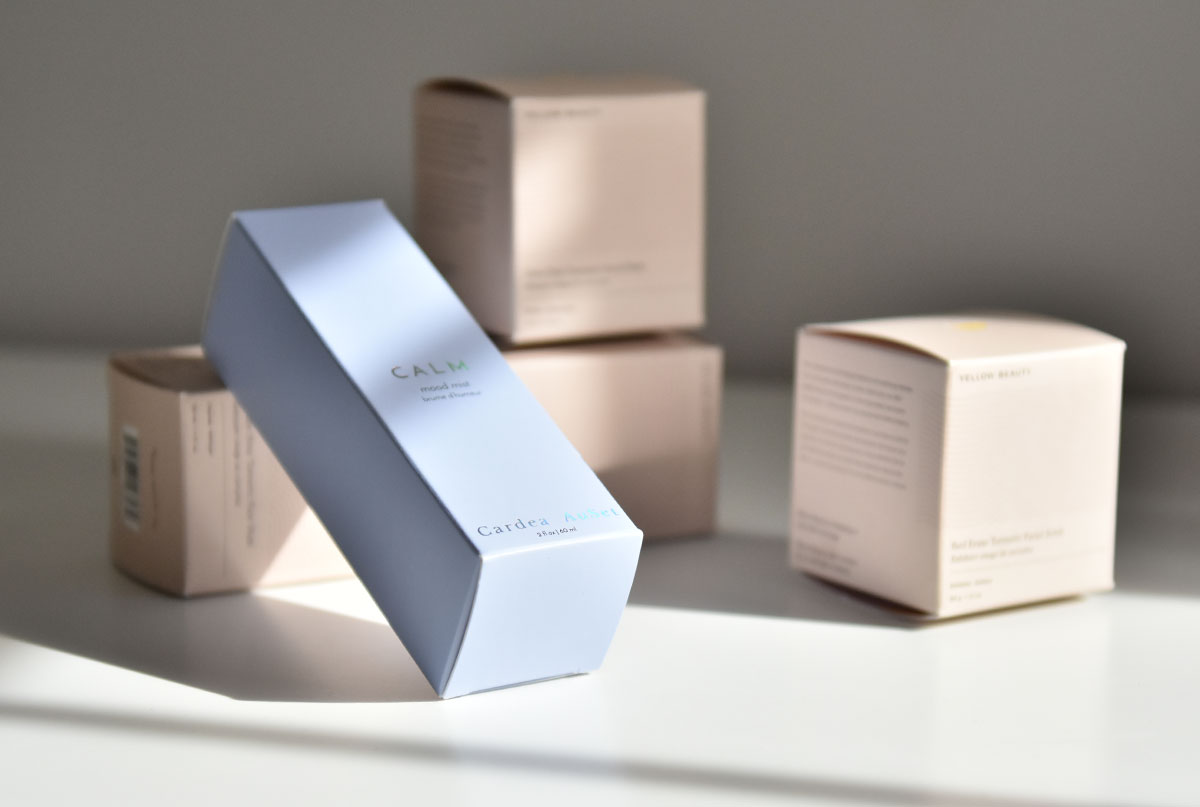When it comes to product packaging, there are a lot of factors to consider, including your target audience. A lot of product packaging has traditionally been gendered, aiming to target either men or women. But recent years have seen the rise of gender-neutral packaging. By using gender-neutral packaging, you can appeal to a wider audience. Explore this trend and how to decide if it is right for your brand.
Reasons for the Trend
There are a few clear reasons for the trend of gender-neutral packaging. As mentioned, it expands your target audience. Gender-neutral packaging compared to packaging targeted at just men or women can effectively double your target audience. That makes sense from a marketing and sales perspective.
But attitudes toward gender have also changed. To start, packaging that fits into feminine stereotypes won’t appeal to all women, and the same can be said of more masculine packaging and males. Simply put, gender norms and stereotypes are decreasing. So, gendered packaging can mean you accidentally leave out part of your intended target.
On top of that, there is much more gender fluidity today. Some people won’t necessarily feel drawn to traditionally masculine or feminine packaging – or will be drawn to both. You need to account for this.
There are even other factors from the customers’ perspective. For example, women regularly talk about the pink tax, which is when similar products for women cost more than the same ones for men. Even if you price these items the same, women may opt for the men’s versions due to the assumption that they will cost less.
Should Your Brand Choose Gender-Neutral Packaging?
Between all of these factors, you’ll notice that a lot of product packaging is gender-neutral. From alcohol to protein bars to soda to shampoo, the trend spans industries. But is it right for your brand?
Consider Your Audience (and Your Competition)
The best way to decide whether gender-neutral packaging is right for your brand is to consider your audience. If your audience is broad and spans all genders, then gender-neutral may be the way to go. It can save you the hassle of having to create separate designs. But if your audience is still mostly a single gender, then you may want to continue appealing directly to that gender instead of going more gender-neutral.
Consider a Short Run to Test It
Remember that you don’t have to take an all-or-nothing approach with gender-neutral packaging. If you think it may make sense for your brand but aren’t sure, do a short packaging run as a test. Then, compare that gender-neutral packaging’s results to sales of your traditional packaging.
Remember that with short-run packaging, you can even have several different packaging designs. Maybe you realize that you need both a gender-neutral version and gendered versions to maximize sales. Short packaging runs make that possible, even for smaller brands.
Conclusion
Gender-neutral packaging is growing in popularity. To figure out if it makes sense for your brand, consider your audience, and look at what your competitors are doing. When in doubt, test gender-neutral packaging with a short run.




